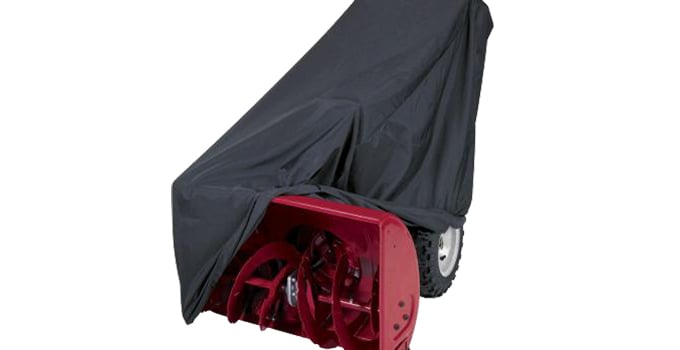Goodbye snow blower! Time to pack up and tuck it in.
After a long winter of snow, ice, freezing rain, and power outages, the spring season is just a few warm breezes away.
But don’t just throw your snow blower in the corner. Take a few minutes to prepare it for Off-Season Storage.
Here are three easy steps to follow:
1.) Drain the Fuel
Leaving fuel sit in your snow blower during the long off-season will slowly corrode and clog the carburetor and fuel system components. This is what we like to call the damage from ethanol.
There are a couple ways you can remove all the fuel from your machine.
- Turn on your snow blower and run the tank dry.
- Use a fuel siphon pump to extract the fuel from the tank. The fuel you extract is safe to use in your car.
Remember, remove and drain the carburetor fuel bowl too!
2.) Create a Fix-It Checklist
Do a quick check of all the wear items on your snow blower, including the scraper bar, skid shoes, shear pins, augers, belts, and spark plug.
Make a list of any parts that will need to be replaced before next winter. It might even be easier for you to replace the parts now, before putting it away for storage.
3.) Clean Up and Cover Up
Thoroughly clean and wipe down your snow blower to remove salt and dirt buildup. This prevents rust and corrosion from eating away at the metal parts and paint on your machine.
Finally, whether storing your snow blower in a shed or in the back of your garage, throw on a protective cover to keep off dust and dirt.
*Owner’s Manual Recommendations
Read your owner’s manual to cover any additional storage procedures specific to your make/model of snow blower. Some further recommendations may include:
- Changing the oil
- Replacing the spark plug
- Lubricating gear case and shaft
